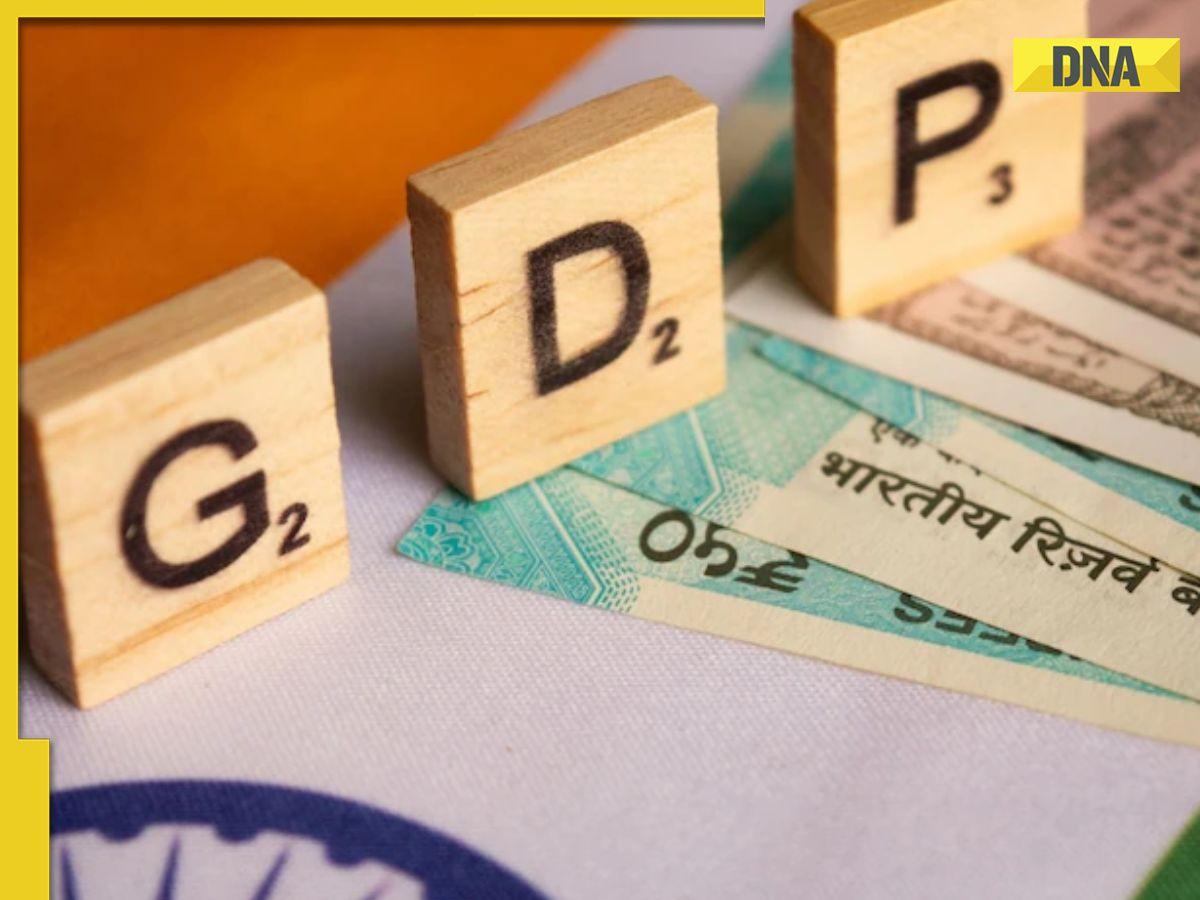
India’s economy demonstrated a robust growth rate, expanding by 7.8 per cent in the March quarter, which ultimately pushed the annual growth rate to an impressive 8.2 per cent, according to official data released today. For the full fiscal year 2023-24, this strong performance comes as a significant marker of economic recovery and resilience.
In detail, the economy grew less in the January-March quarter compared to the previous quarter, where it achieved an 8.6 per cent growth rate. Despite the deceleration, the annual growth rate showed a notable improvement compared to the previous fiscal year’s performance.
To provide a comparative context, the gross domestic product (GDP) in the January-March period of the 2022-23 fiscal year had expanded by 6.2 per cent, as revealed by the National Statistical Office (NSO). The escalation from 6.2 per cent to 7.8 per cent within a year signifies a substantial uptick in economic activities and productive output.
The year-on-year analysis reveals that the economy’s growth accelerated from 7 per cent in 2022-23 to 8.2 per cent in 2023-24. This improvement surpassed the NSO’s second advance estimate, which had pegged the country’s growth at 7.7 per cent for 2023-24, underscoring the nation’s stronger-than-expected economic recovery.
Zooming out to a regional perspective, China’s economic data for the same period registered a 5.3 per cent growth in the first three months of 2024. India’s contrasting economic performance highlights its relatively vigorous growth compared to its regional competitor. It is important to note that China’s growth figures have also been impacted by various factors, including international trade tensions and domestic regulatory measures.
Economists attributed India’s stronger growth performance to a myriad of factors. Increased domestic consumption, revived industrial manufacturing, and bumper agricultural production have each played their part.
. Furthermore, the government’s focus on infrastructural projects and social welfare policies has driven significant economic activities and employment growth.
Industrial activities, particularly in the manufacturing and services sectors, have posted substantial gains. The government’s push for ‘Make in India’ and self-reliance campaigns has sparked growth in domestic manufacturing capacities. As a result, industrial production indices have shown marked improvement over the previous year. The services sector, particularly in IT and customer support, has also seen an upswing correlating with global demand recovery.
Consumer spending has shown resilience, contributing heavily to the economy’s upbeat performance. Analysts also point out the role of financial inclusion measures and wider formalization of the economy as positive contributors. With more people having access to banking and financial services, consumption patterns have shown positive trends.
On the agricultural front, favorable weather conditions complemented by modern farming techniques and governmental subsidies have culminated in bumper crop outputs. Rural incomes have experienced a buoyant rise, fueling further growth in rural markets, which had shown signs of distress in the previous quarters.
The investment landscape has seen a noticeable uptick as well, partly driven by improved corporate earnings and an influx of foreign capital. Stock markets have reflected this positive sentiment with buoyant indices, assuming less volatility compared to the preceding fiscal years.
Government policies targeting economic recovery, including tax reforms, ease of doing business initiatives, and monetary policies ensuring lower interest rates, have provided a conducive atmosphere for growth. These strategic policy interventions have played a critical role in not only stabilizing the economy but also propelling it towards higher growth trajectories.
However, economists urged caution as potential challenges still loom. Inflationary pressures, global economic uncertainties, and geopolitical tensions could pose risks to sustaining this high growth rate. Maintaining macroeconomic stability and continuing structural reforms will be pivotal for the country’s sustained growth.
In conclusion, as India wraps up the fiscal year 2023-24, the stronger-than-expected growth rate of 8.2 per cent stands testament to the resilience and dynamism of the Indian economy. As the country navigates through the potential pitfalls and capitalizes on its growth drivers, the outlook remains cautiously optimistic.
The NSO’s figures and consistent monitoring will provide a barometer for policymakers and stakeholders as they chart the path forward for continued economic prosperity. Meanwhile, downloads of the DNA app can keep citizens updated on the latest economic developments and more.












